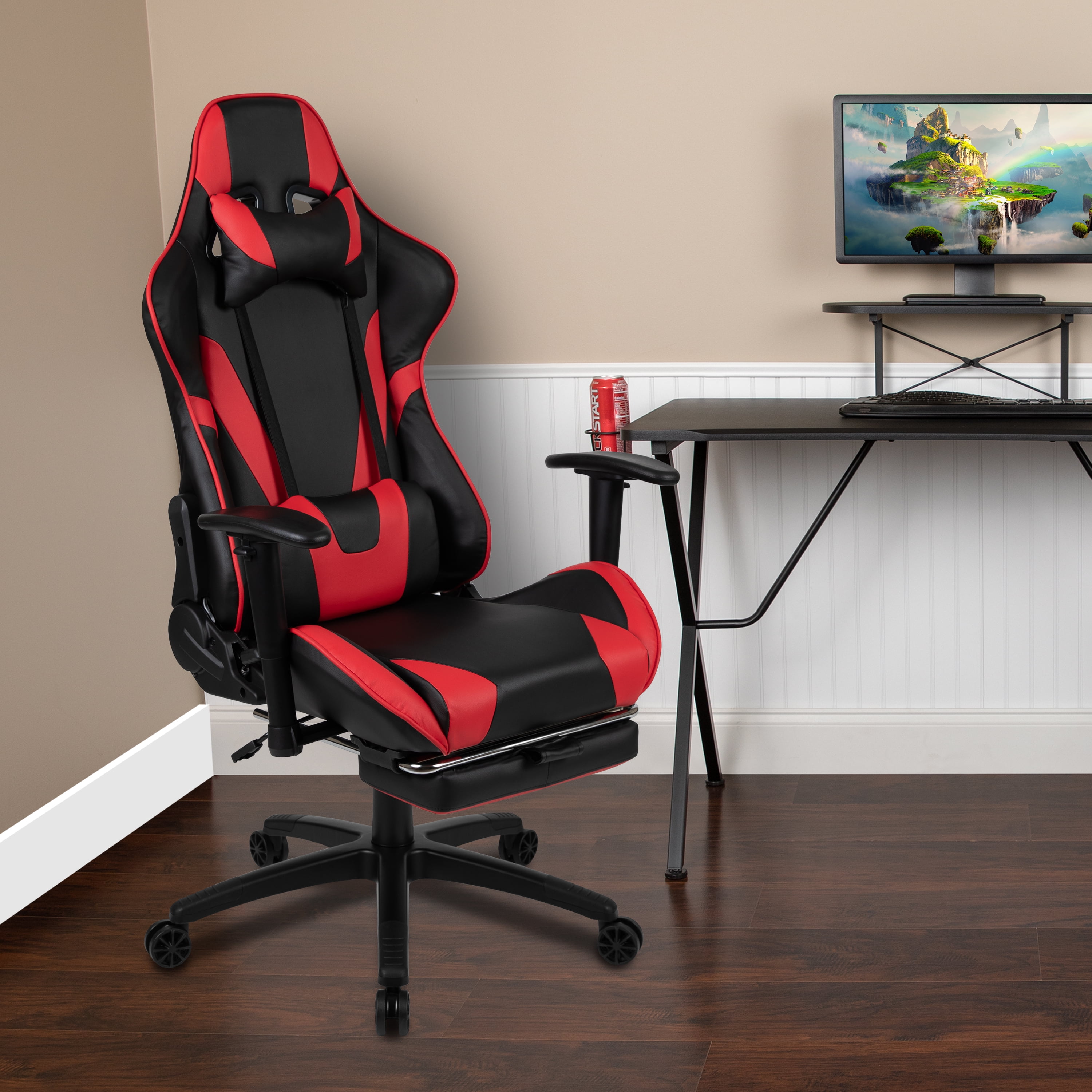Buying Guide and Maintenance Tips for Reclining Gaming Chairs: Best Reclining Gaming Chair

Choosing the right reclining gaming chair can significantly enhance your gaming experience and comfort. A well-chosen chair provides proper support, reducing fatigue and potential long-term health issues associated with prolonged sitting. This guide will help you navigate the selection process and ensure your chair’s longevity.
Selecting a Reclining Gaming Chair
Choosing the right reclining gaming chair involves careful consideration of several factors to ensure optimal comfort and support tailored to individual needs and preferences. The following steps provide a structured approach to making an informed decision.
- Determine your budget: Reclining gaming chairs range widely in price. Establish a realistic budget before beginning your search to narrow down your options effectively.
- Assess your body type and size: Consider your height, weight, and build. Manufacturers often provide weight and height recommendations; choosing a chair within these parameters ensures proper support and prevents discomfort.
- Consider desired features: Identify the features most important to you. This might include adjustable lumbar support, recline angle, armrest adjustability, headrest, and material type (e.g., leather, fabric, PU leather). Prioritize features based on your needs and preferences.
- Read reviews and compare models: Research different chair models, comparing features, prices, and user reviews. Websites and forums dedicated to gaming chairs often provide valuable insights into the performance and durability of various models.
- Test the chair if possible: If you can, try sitting in the chair before purchasing it. This allows you to assess its comfort and adjustability firsthand. Pay attention to the lumbar support, armrest positioning, and overall seating experience.
- Consider the warranty: A good warranty indicates the manufacturer’s confidence in their product’s quality and durability. Check the warranty terms and conditions before making a purchase.
Common Problems and Solutions, Best reclining gaming chair
Reclining gaming chairs, while designed for comfort and durability, can sometimes experience issues. Understanding common problems and their solutions can help maintain your chair’s functionality and prolong its lifespan.
- Squeaking noises: Squeaking often originates from moving parts. Applying silicone-based lubricant to hinges and moving joints can often resolve this issue. For persistent squeaking, consult the manufacturer’s instructions or a professional.
- Worn-out wheels: Wheels can wear down over time, especially on hard floors. Replacing worn wheels is a relatively simple fix and can improve mobility and stability. Replacement wheels are usually available from the manufacturer or online retailers.
- Fading or tearing of fabric/leather: Exposure to sunlight and frequent use can cause fading and tearing. Using a protective cover can help mitigate this. Minor tears in fabric can sometimes be repaired with fabric glue or patches.
- Loose or broken parts: Over time, screws or other components can loosen or break. Regularly check for loose screws and tighten them as needed. For broken parts, contact the manufacturer for replacement parts or repair services.
- Lumbar support issues: If the lumbar support is inadequate or uncomfortable, consider adding a separate lumbar support pillow or adjusting the chair’s settings to find a comfortable position. Some chairs allow for customization of lumbar support intensity.
Cleaning and Maintaining a Reclining Gaming Chair
Proper cleaning and maintenance are crucial for extending the lifespan of your reclining gaming chair and maintaining its aesthetic appeal. Following these steps will help keep your chair in optimal condition.
- Regular dusting: Regularly dust your chair using a soft cloth or brush to remove loose dirt and debris. This prevents the accumulation of dust and dirt that can damage the fabric or leather.
- Spot cleaning: Address spills and stains promptly. Use a damp cloth with a mild detergent to gently clean affected areas. Avoid harsh chemicals or abrasive cleaners that can damage the material.
- Vacuuming: Periodically vacuum your chair using a soft brush attachment to remove embedded dirt and dust particles. Pay attention to crevices and seams where dirt can accumulate.
- Leather conditioning (for leather chairs): If you have a leather chair, apply a leather conditioner regularly to keep the leather supple and prevent cracking. Follow the conditioner’s instructions carefully.
- Fabric protection (for fabric chairs): For fabric chairs, consider applying a fabric protector to repel stains and spills. This can make cleaning easier and prevent permanent damage.
- Avoid direct sunlight: Prolonged exposure to direct sunlight can fade the color and damage the material. Keep your chair away from direct sunlight whenever possible.
